First of all, happy new year LaLD!!! I’ve got this awesome DeAgostini a while ago, but when I had time to snap photos, the weather was either too scorching, with almost 40ºC and the southern Atlantic magnetic anomaly with the highest incidence of UV rays on the planet where I live in Brazil, or pouring down in torrential rain. So, when clouds came to rescue and I had the time, I quickly got my camera to snap these.
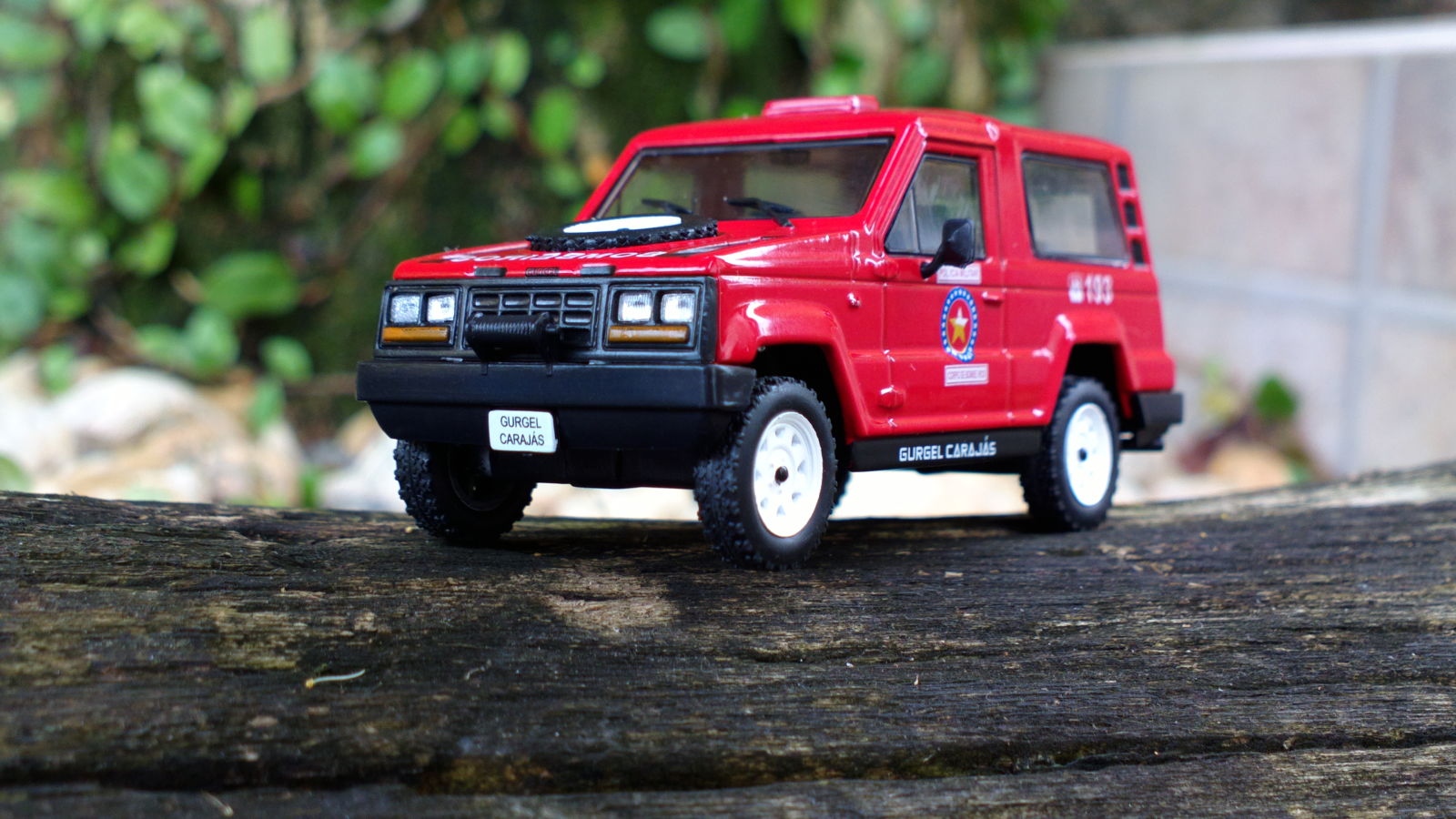
Almost a year ago, in March 2016, I wrote a lengthy post detailing the history of Gurgel, the only full blown Brazilian auto maker. Even though it’s already written there, I’ll repeat. The Carajás was one of Gurgel’s last models, and certainly the most advanced.

Based on a VW Bus chassis, it was a SUV before the SUVs (not counting the Ford/Willys Rural, of course), quite luxurious on the inside with plenty of space for 5 passengers, and the only Gurgel not to use an aircooled engine.
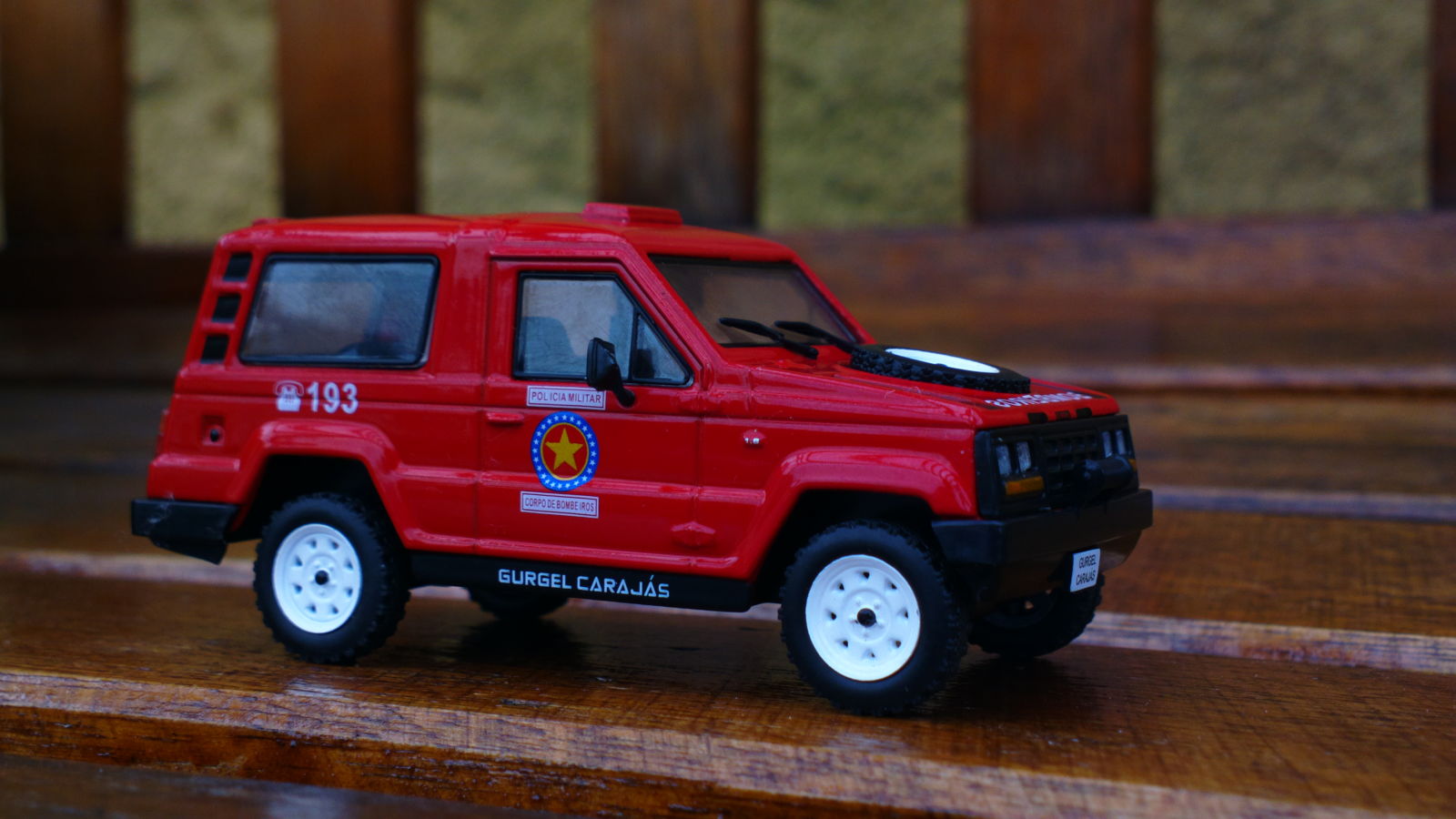
It could be powered either by a 1.8l engine from the VW Santana, running with gasoline or sugarcane alcohol, or with the VW Kombi 1.6l diesel engine.
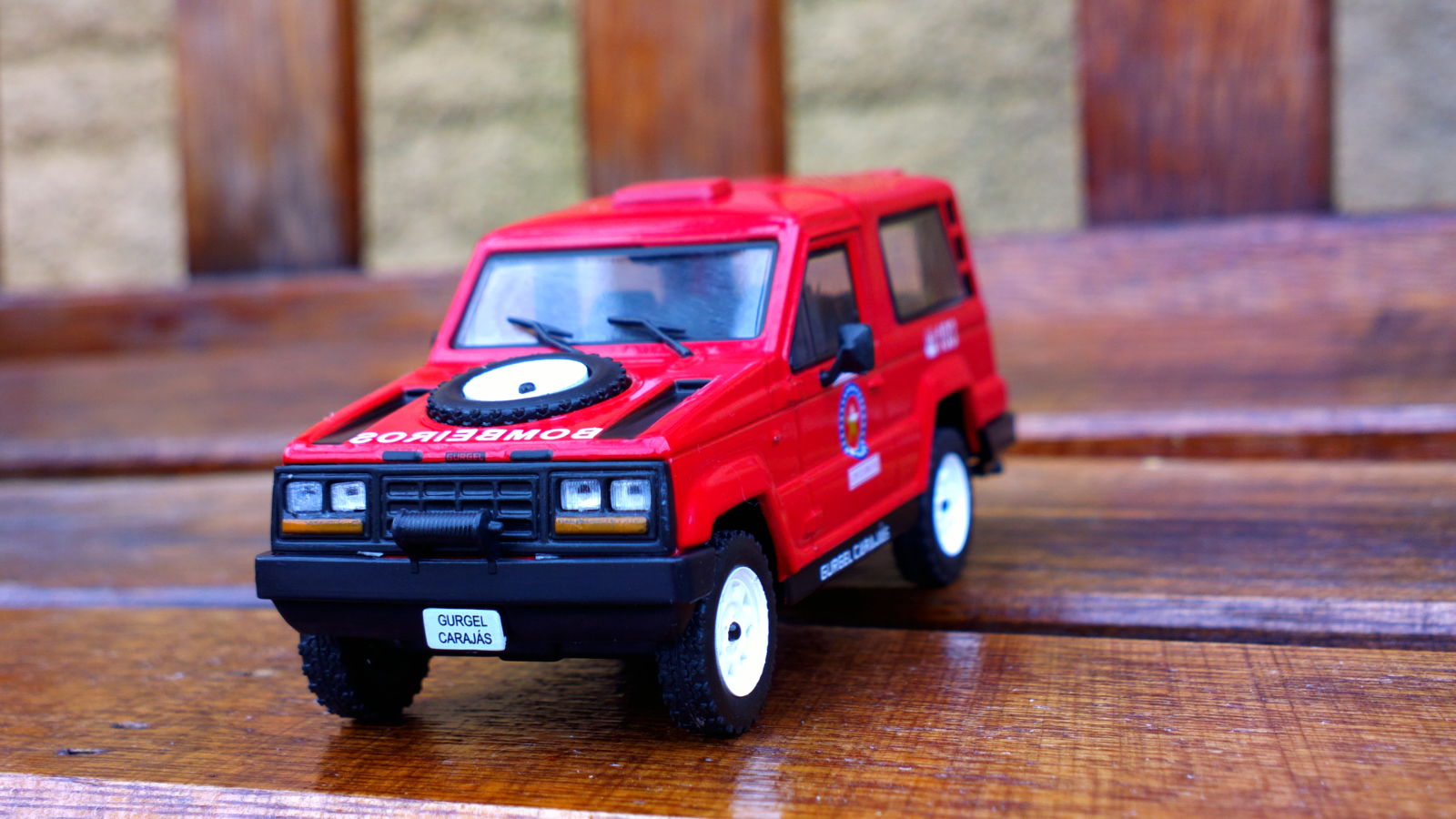
And don’t let the proportions fool you, this car is compact. It’s 20 cm shorter than a 2016 Ford Focus! With Gurgel’s Selectraction 4x4 system (a system of levers for locking certain wheels, transferring the power only to the wheels in contact with the ground) and a short wheelbase, it certainly was a very capable off-roader.
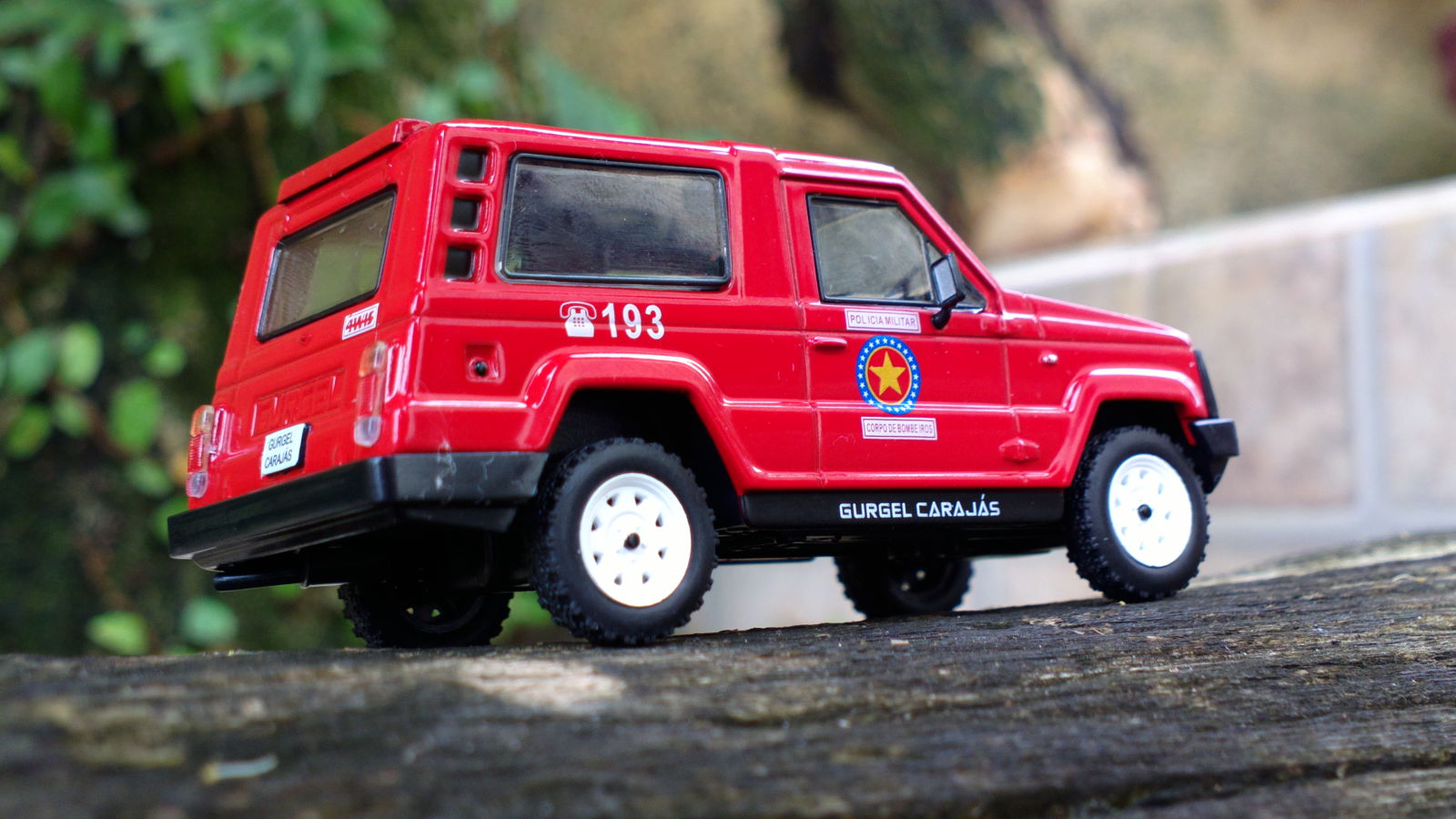
All Carajás came with these beefy bumpers, the hook and steel cable on the front to tow itself from mud pits and the awesome spare on the hood. On the rear department, clear from the photo above, you can see how tall the greenhouse is, meaning that there was a lot of headspace for the passengers. Also, it’s possible to note the VW Kombi tail lights.
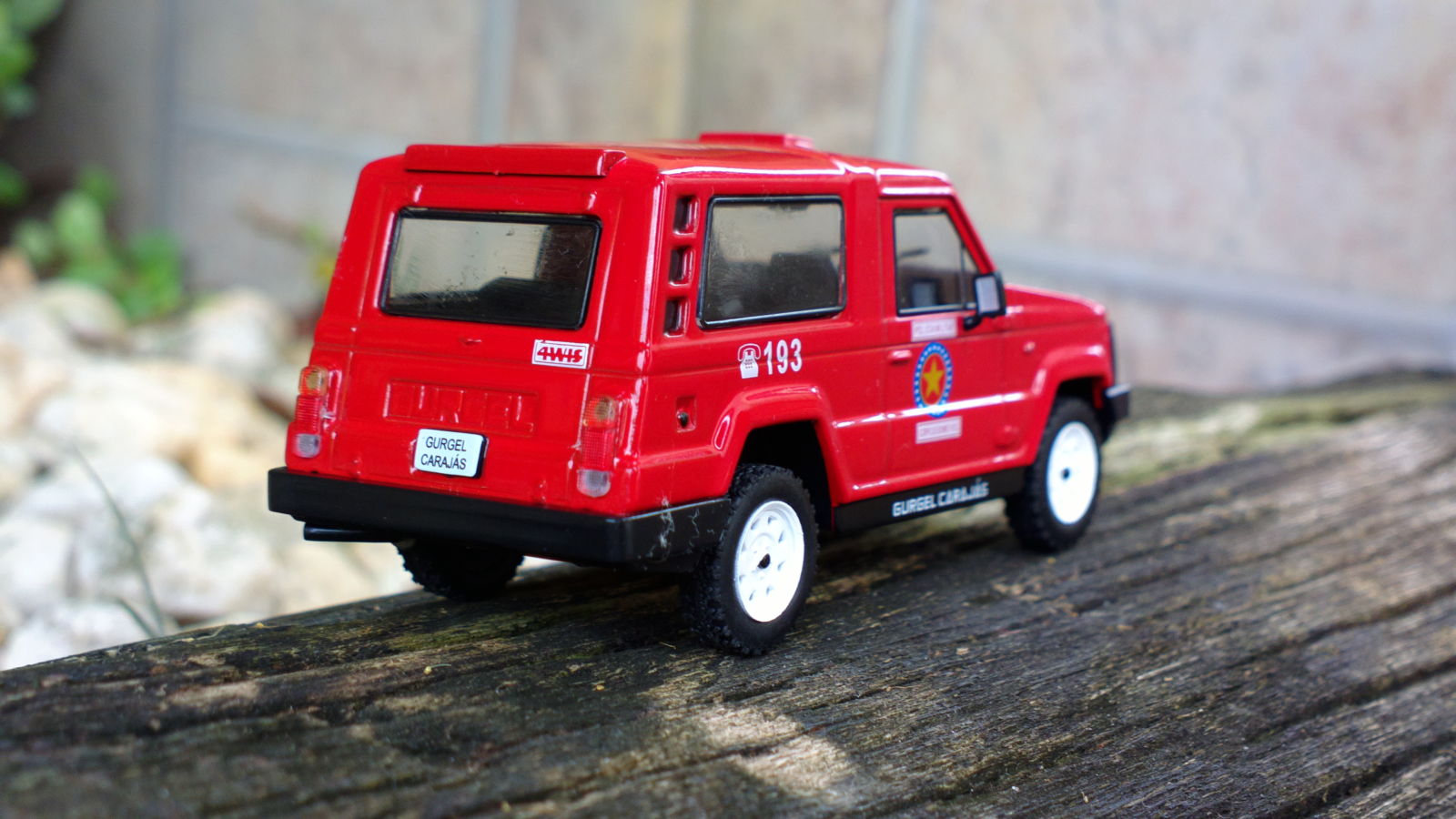
It was made for quite a long time, from 1984 to 1995. This is a specially curious time frame, because our economy was so unstable that the Carajás was sold in 6 different currencies! From ‘70 to ‘84 we used Cruzeiros (Cr$), but on this year they abolished the cents, because the inflation was high. Then in 1986 they introduced the Cruzado (Cz$), with the cents back, but on ‘89 we adopted the Cruzado Novo (NCz$). In 1990, the Cruzeiro (Cr$) came back, to be quickly replaced by the Cruzeiro Real (CR$) in 1993, until it was definitely substituted by the Real (R$) in 1994, that we still use today.
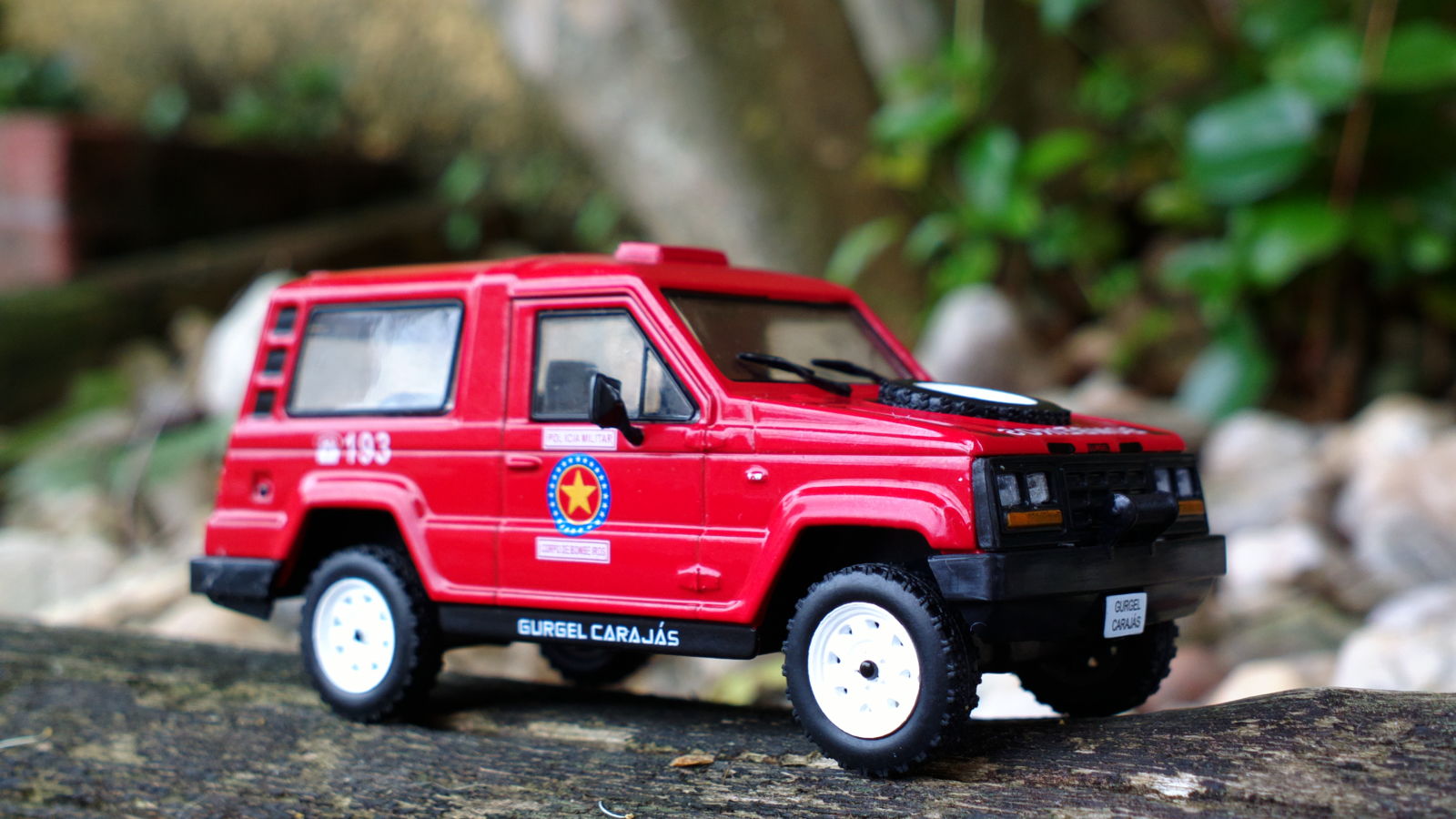
Being a very capable off roader, with plenty of space and a very simple and robust mechanic, with Volkswagen parts, emergency services loved the Carajás, and they were made in several versions. Bombeiros, our Fire Brigade, ambulance (that was also made by DeAgostini), police car, prison transport... You name it.
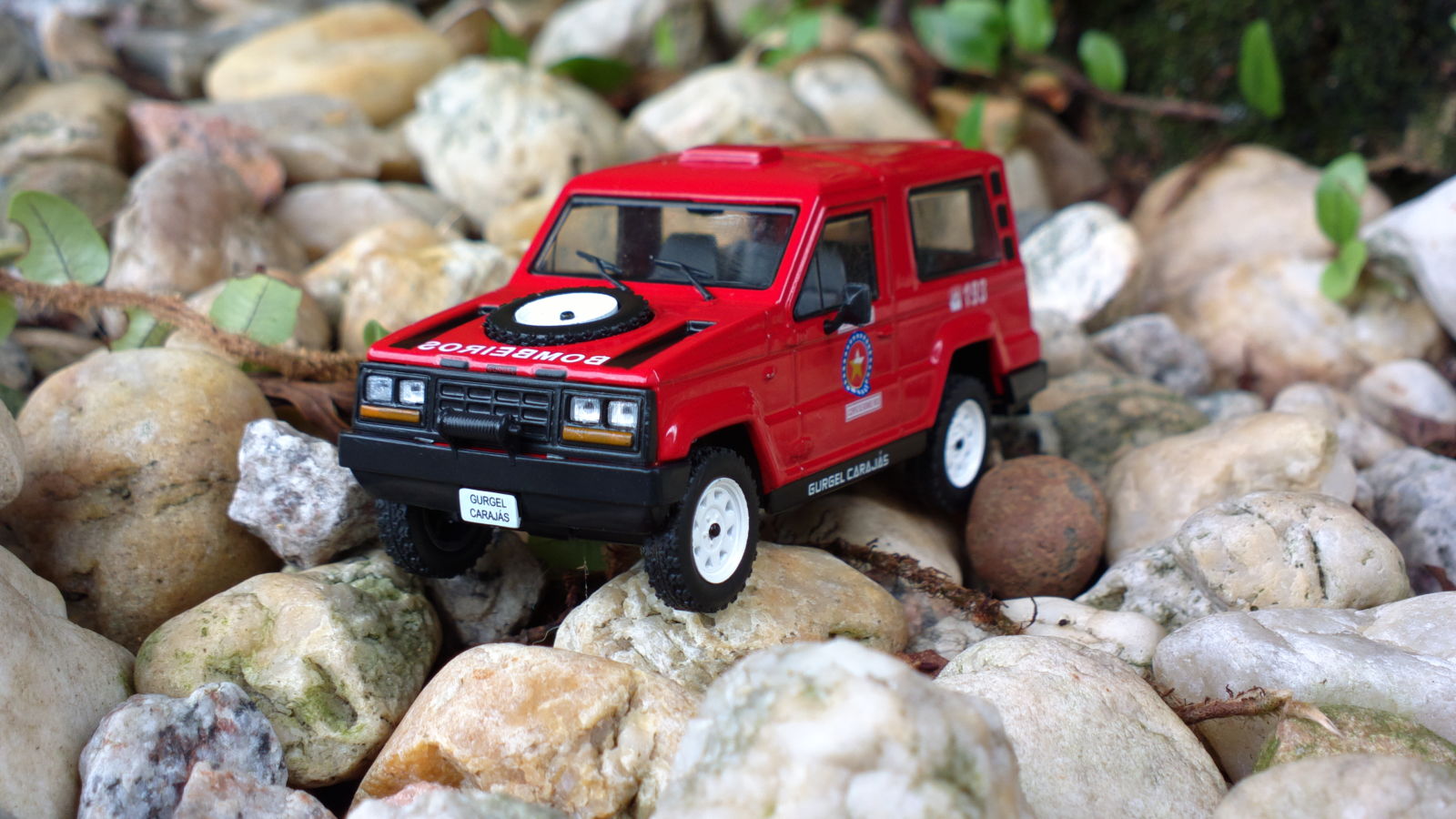
To save fuel, the AWD wasn’t permanent. When you were cruising around in “smooth” tarmac, it was a FWD car. And to honor its adventurous looks, it carried a 85 liter fuel tank, good for driving almost 900 km between refuels!
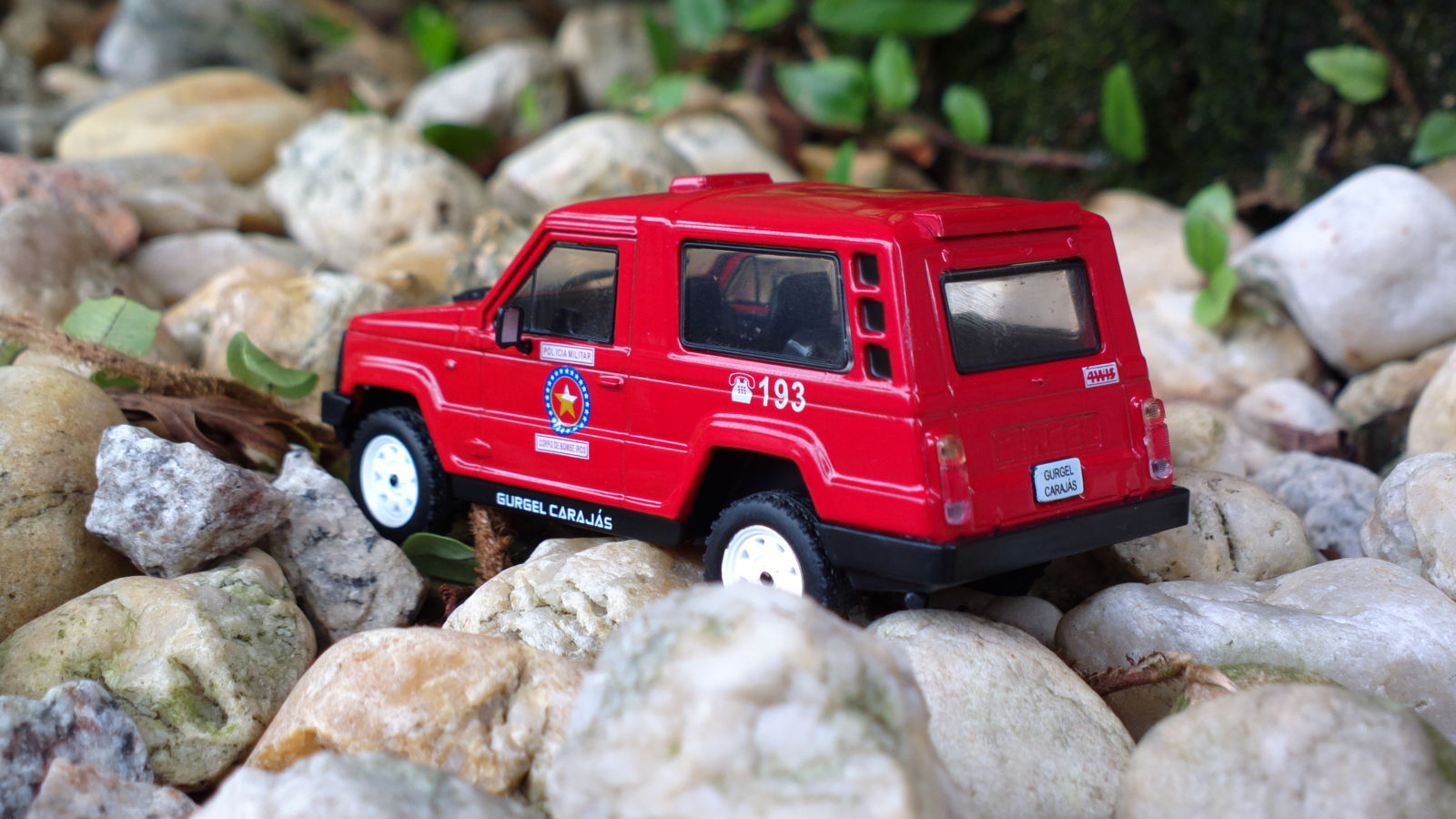
Today few of them survive in good conditions. Their body was fiberglass, and the chassis was plasteel, an alloy created by Gurgel that mixed steel with plastic, that was light, sturdy and corrosion resistant. However, the screws used to fix the body panels often rust, so these are often found in bad shape with big rust splotches all over it. Also, since Brazilians have the “stray dog complex” (how we call the overall self-loathe for Brazilian stuff by Brazilians), after the import ban was lifted in 1990 nobody wanted these cars anymore, and they depreciated a lot.
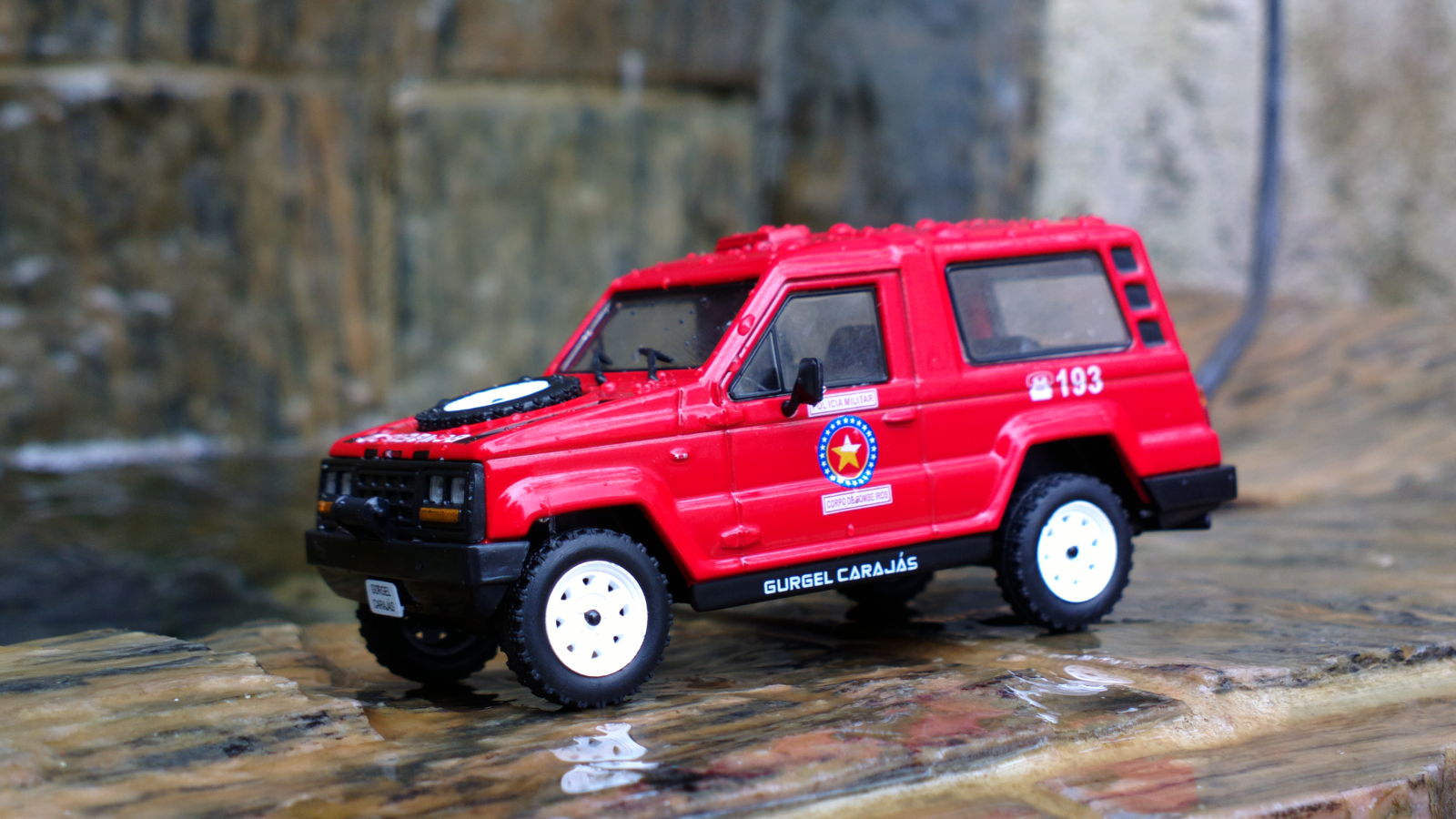
This hit so hard that many people chose to abandon (or to run without care) instead of fixing them, so most were driven until their demise. Today you either find very good, almost pristine models for sale (with price tags to match) or very worn out, for a small sum. There is no middle-ground. Good news, though, is that even the best ones are quite inexpensive (for their capabilities), running between R$20k and R$25k.

But let’s talk about the diecast model now. DeAgostini did an amazing job with this one. All the tampos are good, colors are spot on and the details, oh the details!

This small Gurgel logo on the front have, like, 2 or 3 milimiters!!!!! The only thing I found to complain is the crooked headlight on the left of this photo, but for a R$65 model (around $20 USD), that’s not that bad.
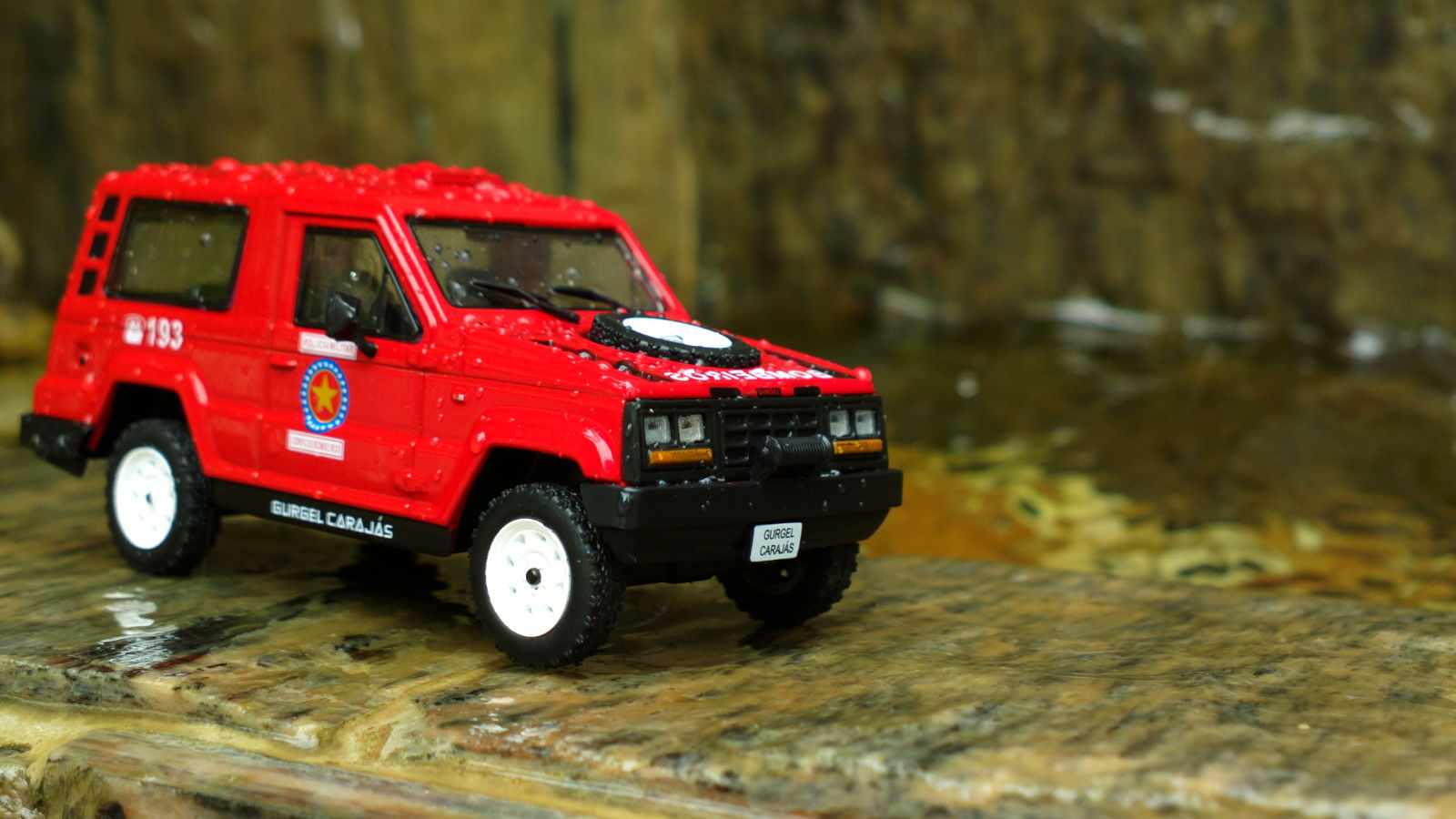
I hope you liked, and sorry for the absence!!! Since I finished most of the credits I had to do for the Ph.D. and I’m finally setting my collection back on their shelves after moving in with my in-laws, I’ll probably (I hope) have more time this year to resume my LaLD activities!
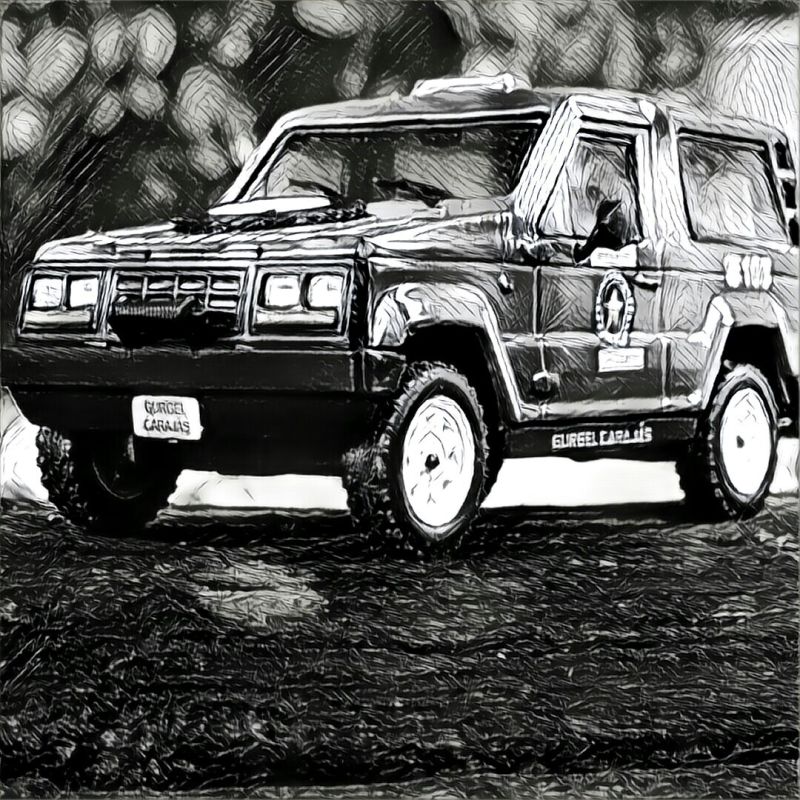
Então é isso, boa semana meus amigos!